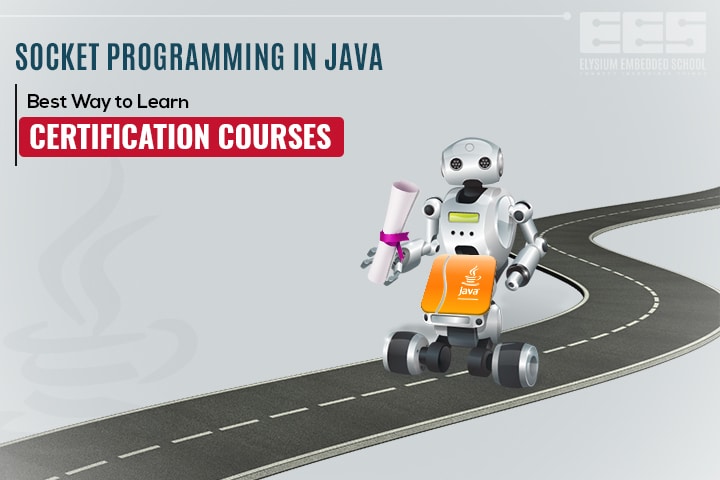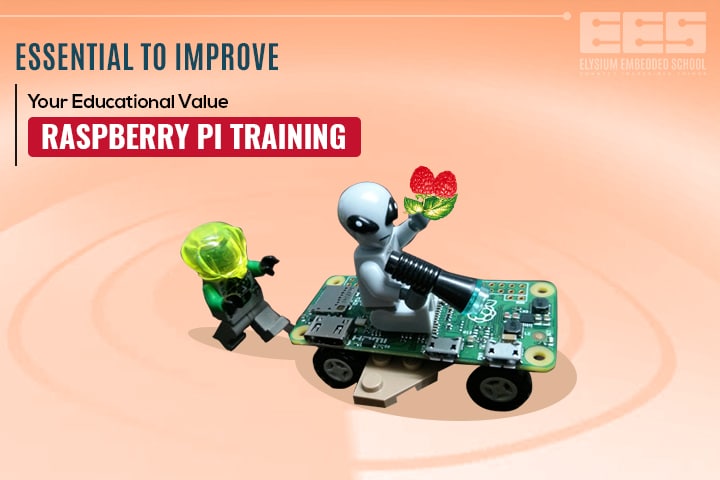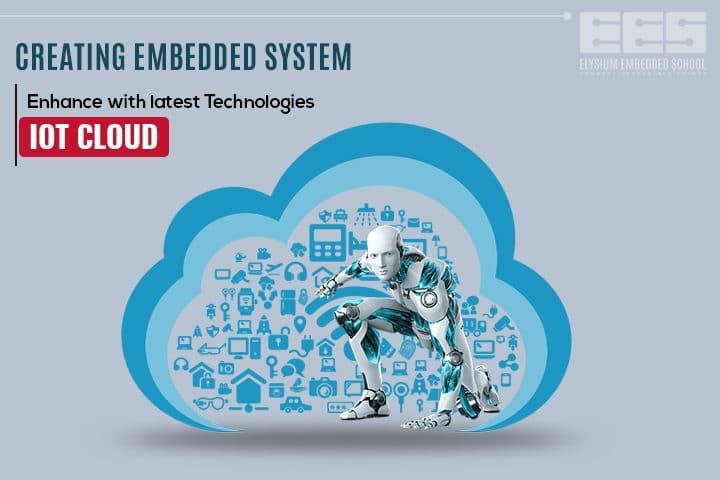
Best Way to Learn Socket Programming in Java via Certification Courses
July 23, 2020
Why is Raspberry Pi Training Essential to Improve Your Educational Value?
July 23, 2020Table of Contents
IoT Cloud Technology
IoT cloud technology: Specifically, the Internet of Things is an expanding technology. But why the blooming IoT needs cloud? Historically, the former embedded engineers had the bonus of designing the products which are independent and utilizes the C programming language alone. Later on, the development of IoT forces the engineer to discover the uncharted ways on the web for product development. Thus, comes the IoT cloud which changes the idea of working with an embedded professional. It seems interesting. Let’s explore it in detail.
Bridge Between Embedded and IoT
Particularly, the arrival of IoT brings a lot of changes and new opportunities to the developers, especially in embedded systems. The engineers can easily develop larger dimensions. The machine-control systems are now coupled to the internet. Eventually, this novel methodology paves a path which has many possibilities and the way of looking at technologies.
Initially, IoT elevates the numbers of a product that integrates software and also their count. Additionally, it also accelerates design needs which is responsible for the insights. So that we can make benefits of the improvement that is available in the new systems. Probably, the system design includes reliability, security, user experience, updates, and others is slightly a complex process. Ultimately, combining the embedded system with IoT Cloud will be more beneficial than any other methods.
Advantages of Building an Embedded Systems with IoT Cloud Technology
To sum up, the machines will work with high reliability when it is allied with the IoT Cloud. Furthermore, there is a lot of benefits, and the results are enormous when compared with the previous methods. Look below to see some of the advantages.
1. Minimization of Memory Footprint
Commonly, 3kb nucleus RTOS microkernel forms the foundation of the IoT systems. The low memory stacks such as Bluetooth stack which is 32 kb and IP allows you to develop a working system within 100 kb. So, this will increase the available memory which can be utilizable for some other applications. Hence, the cost becomes less.
2. Scalability of Cloud Services
Certainly, building a cloud which is scalable and reliable is very much crucial for the IoT. Because the cloud will form the basis for the setting process of the devices. The services of IoT that incorporates storing, management of the device, and configuration will be under the control of the cloud. Also, it handles the provisioning of embedded devices, updates of firmware, tracking the version, and monitoring the device activity.
3. Reduction in Power Consumption
Exclusively, the Nucleus RTOS supports to build a device with extensive battery life. Ultimately, this becomes easy with the power saving mode in now-a-days electronic devices. The inbuilt power management in RTOS offers high grade software APIs to the real-time embedded systems.
4. Software Updates, Execution, and Protection of Memory
At this instant, updating the software becomes the major issue among the software developer. Moreover, the IoT connects more devices, and this problem becomes vital here. But, the Nucleus Real Time Operating System model partitions the subsystem which becomes easy for updation. Besides, it adds some extra features to it.
5. Security
As we are using the cloud to build the system, you may doubt the safety. Because the data are transferring via the internet. But, especially, the cloud offers high security, and advancement techniques are there to protect your data and information.
There are various reasons there to prove the significance of cloud and IoT. The Future lies in the hands of embedded systems. So, it is crucial to learn to build an embedded structure with the IoT Cloud.




